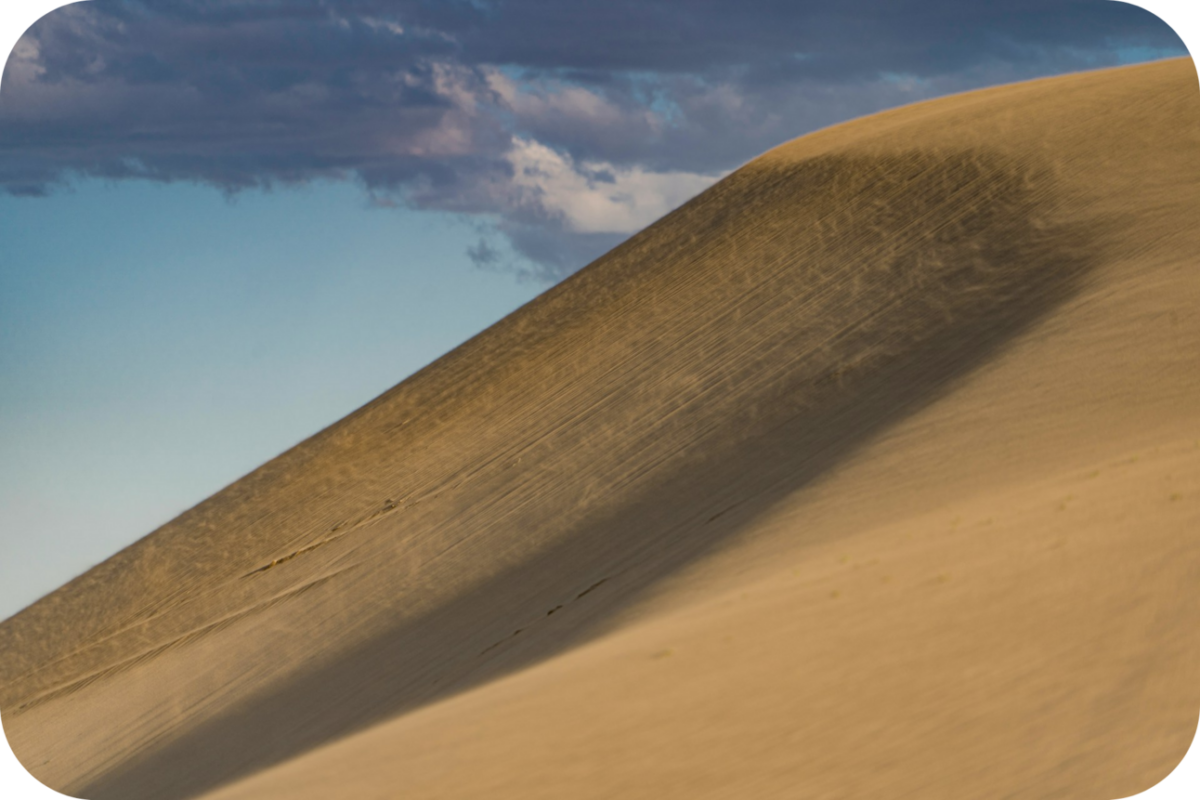The Surprising Inspiration for the Sci-Fi Epic, Dune

“Dune: Part Two” has made quite the impact, drawing in large crowds with its stunning visuals, sound, music, and story. But were did the idea of Arrakis, the desert planet central to the story come from? While sci-fi stories set on desert planets are a bit of a (overused) troupe nowadays, published in 1965, Dune is certainly not new to the scene.
When Frank Herbert witnessed ecologists working on the sands along Oregon’s coast, it sparked inspiration for his iconic sci-fi novel, Dune.
Near Florence, Oregon, a vast expanse of sand dunes separates the Pacific Ocean from dense forests. These dunes are in a constant state of flux, reshaping the landscape dramatically over time, reminiscent of scenes from another planet.
It was the encroaching dunes threatening local infrastructure in the 1950s that first drew Frank Herbert, then a budding journalist, to the area. He saw firsthand how the US Soil Conservation Service (SCS) and other agencies were combating this threat by stabilizing the sands, an effort akin to terraforming.
This visit profoundly influenced Herbert, later serving as a key inspiration for Dune, where controlling desert sands is a central plot element. Herbert’s depiction of the desert planet Arrakis and its inhabitants’ efforts to terraform their world echoes the real-life attempts to manage Oregon’s dunes.
According to a biography written by Herbert’s son Brian Herbert, the idea of transforming the dunes made a huge impression. “Dad realized he had something bigger in front of him than a magazine article,” Brian Herbert wrote. “He sat back at his desk and remembered flying over the Oregon dunes in a Cessna. Sand. A desert world. He envisioned the earth without the technology to stop encroaching sand dunes, and extrapolated that idea until an entire planet had become a desert.”
Herbert’s connection to nature was deep-rooted, nurtured by his upbringing in the Pacific Northwest. His broad interests fueled his science fiction narratives, with dunes becoming a focal point after learning about Oregon’s terraforming efforts.
His observations during a visit to Florence, where he surveyed the dunes and discussed strategies with scientists, informed his later work. The SCS’s initiatives, particularly the planting of European beachgrass to anchor the shifting sands, directly paralleled the fictional endeavors of Dune’s Fremen people. “Downwind sides of old dunes presented the first plantation areas. The Fremen aimed first for a cycle of poverty grass with peatlike hair cilia to intertwine, mat and fix the dunes by depriving the wind of its big weapon: movable grains.” Herbert wrote, describing the Arrakis project in Dune’s appendix.
Herbert’s article “They stopped the moving sands” never saw the light of day, but his experiences significantly shaped Dune’s world. From that we got the iconic novel, and some excellent films too!
If you want to see my review of Dune: Part Two, you can find it here.